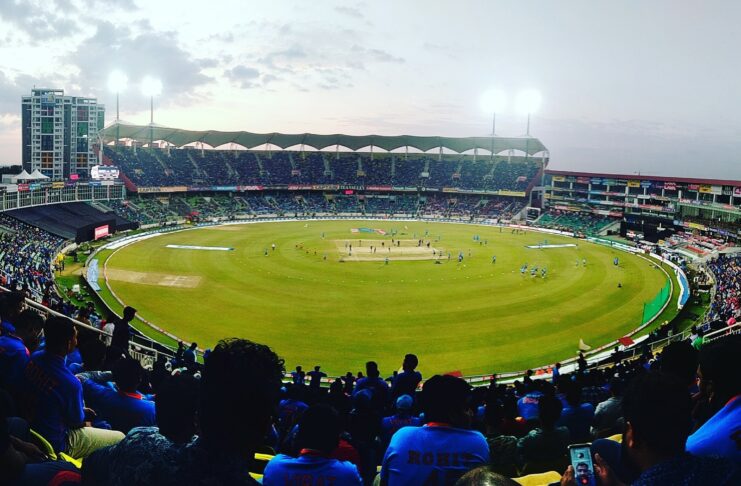This virus-enforced lockdown has given us ample time to engage in pursuits we couldn’t earlier. For me, it has come in the form of watching cricket clips on YouTube from the years gone by.
And taking a ride back to the coloured cricket of the eighties gave me a fair idea how much the game has changed or evolved through the years.
Back then, the limited overs cricket was seen as more of a morphed version of the longer form, as the approach didn’t much. The batters would come out circumspect, leaving balls till they have a measure of the pitch.
The idea was to take it slow, play the ball on merit and look to turn the strike over and score a boundary every now and then to keep the scoreboard ticking over.
This approach would continue till the 40th over before the batsmen would go into attack mode. However, a flurry of wickets would force the batting team to recalibrate their plans.
A new era of limited overs cricket
Contrast this to the limited overs cricket of today. Irrespective of the surface, batters go hell for leather from ball one, not shying away from letting their intent known.
The idea is to maximise scoring in the first 10 to 15 overs when field restrictions are in place.
This changed approach in limited overs cricket gained traction in the 1996 World Cup, held in the sub-continent jointly by India, Pakistan and Sri Lanka.
Lankan openers Sanath Jayasuriya and Romesh Kaluwitharana caught Opposition by surprise, putting their bowlers to the sword.
They would often step out of the crease to quick bowlers and hit them over the infield to score boundaries.
They were not even shy of going aerial. One still remembers the World Cup game against India at Kotla when the Lankan lions chased down a stiff target with plenty to spare.
The successful chase was largely in part to the opening blitz by the explosive Lankan duo.
The explosive batting upfront fetched them rich rewards and eventually, their maiden World Cup.
A similar approach was adopted by New Zealand during the 1992 World Cup, with varying degrees of success.
Opener Mark Greatbatch and Martin Crowe took the attack to the Opposition and got them to the finals. However, that’s where journey was cut short as they came unstuck against Pakistan.
While the Kiwis showed glimpses of a fundamental shift in approach in limited overs cricket, the explosive batting upfront became a template post the Lankan hurrah in the 1996 World Cup.
Batsmen redefined limited overs cricket
Across Oppositions, there have been several batters in the explosive mould who took the attack to the bowlers and changed the nature.
Take Adam Gilchrist of Australia, Shahid Afridi of Pakistan and our very own Sachin Tendulkar and Virender Sehwag, to name a few.
Now, such has become the nature of limited overs cricket that most matches are decided in the first 10 to 20 overs.
The idea is maximise runs in the initial when there aren’t too many men marshalling the outfield.
This even if a few wickets go down upfront.
The arrival and the rising stocks of Twenty20 cricket has made batters more skilled at clearing the infield and striking boundaries at will.
Think back to what Yuvraj did to Stuart Broad in that epic 2007 Twenty20 World Cup clash.
While bowlers have largely been at the receiving end of the batters’ onslaught, they have brought in variations of pace and length to counter the charge.
While decades have rolled, the only constant about cricket, especially its limited version, has been its changing face.
And with more and more exciting talents coming through the game would likely see more changes in the years ahead and it will be all the richer for it.
Follow us on Facebook for more sports news & updates

